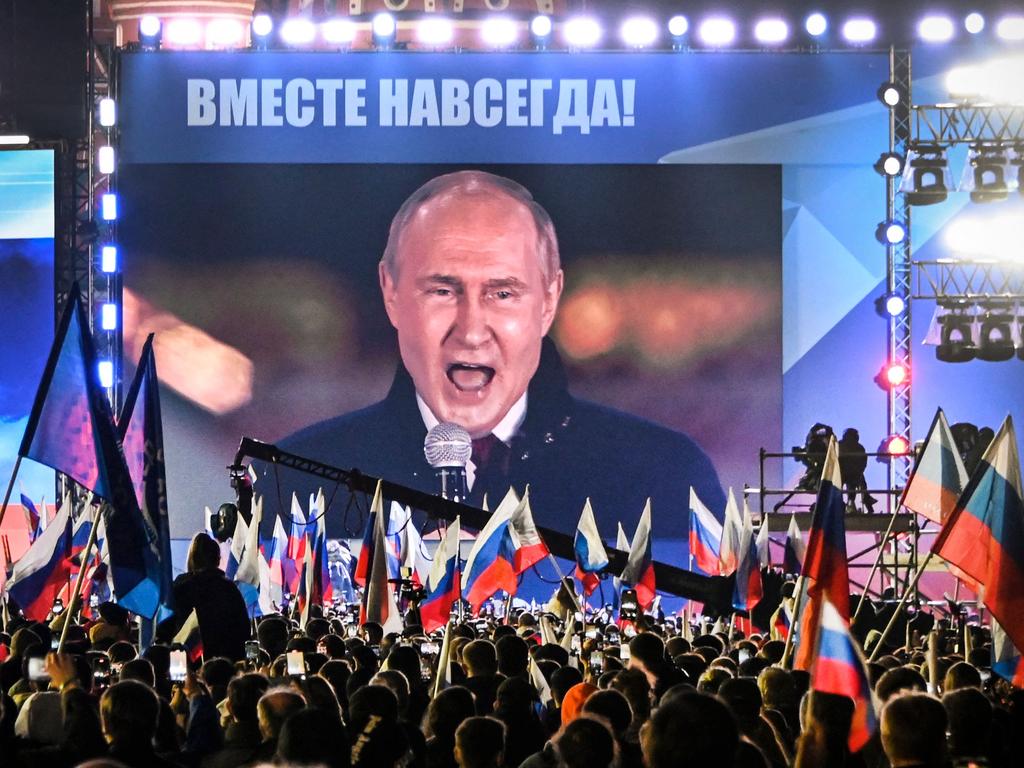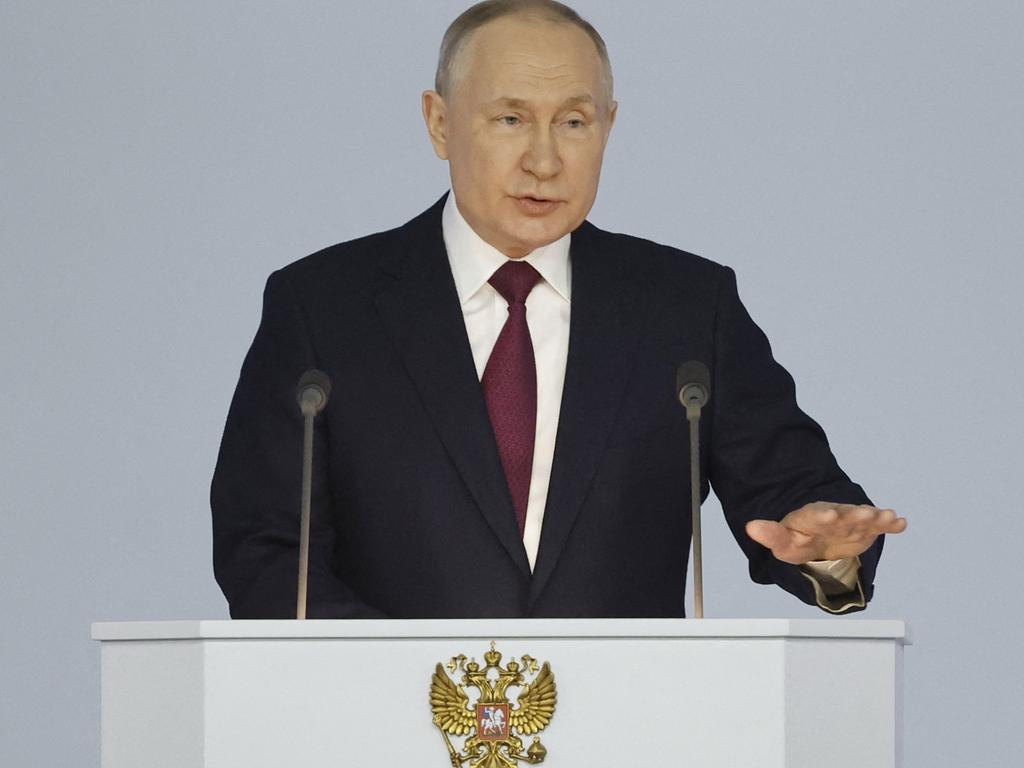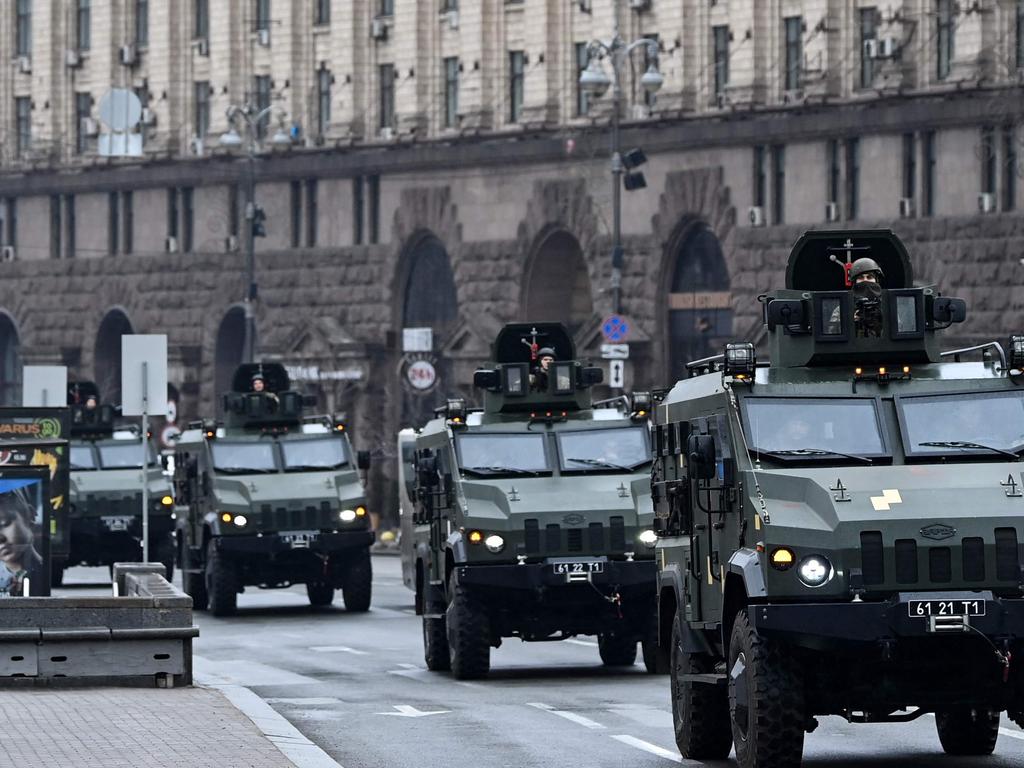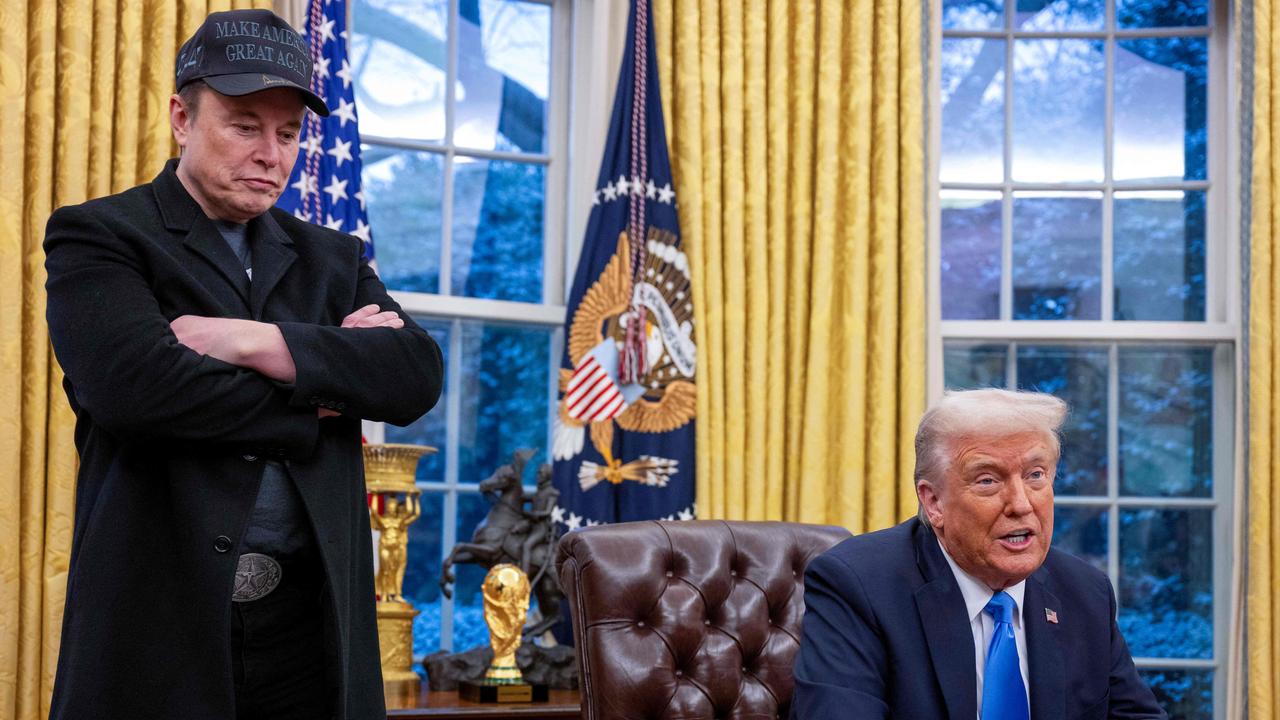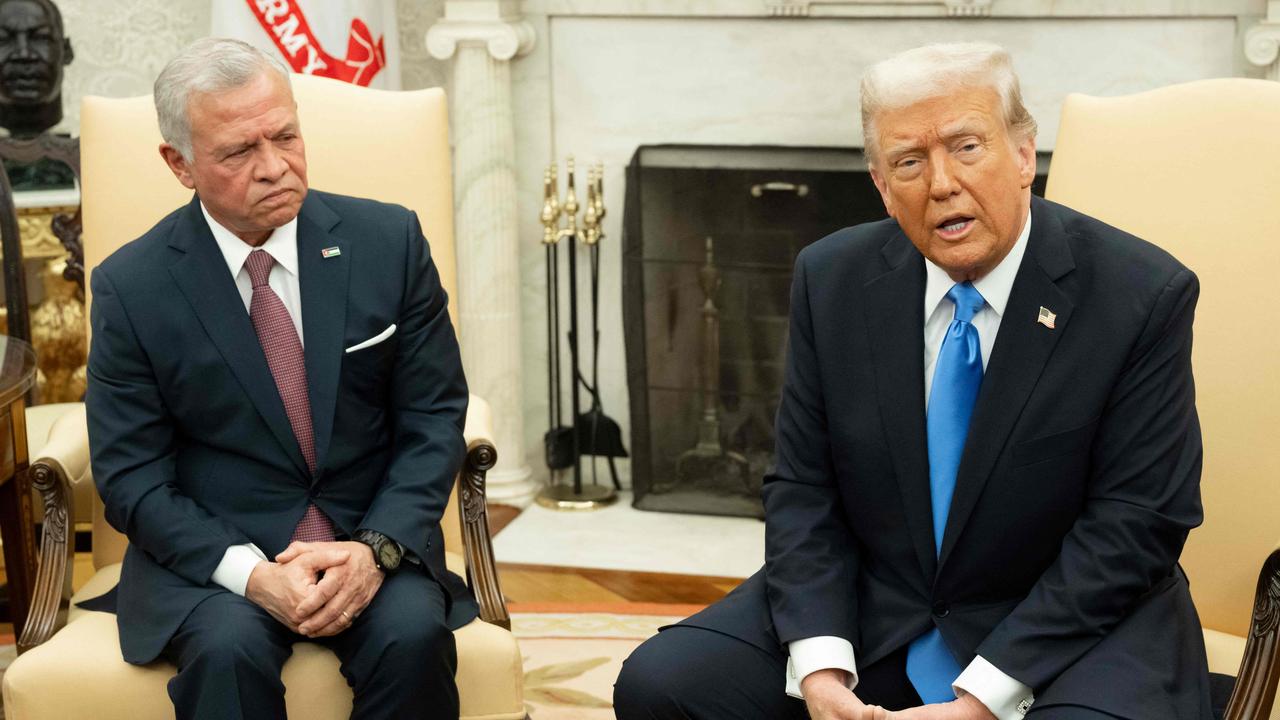Ukraine war: I’ll deploy nuclear missiles this year, threatens Vladimir Putin
Putin says he’ll deploy Sarmat intercontinental ballistic missiles amid losses in the Ukraine, boasting the weapon can reach any point in the globe.
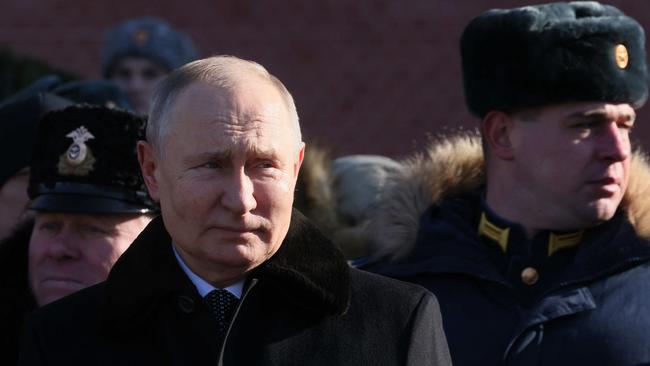
Russian President Vladimir Putin said he plans to deploy Sarmat intercontinental ballistic missiles this year, as Moscow touts its nuclear might against a backdrop of setbacks with its conventional forces in Ukraine.
“As before, we will pay increased attention to strengthening the nuclear triad,” Mr Putin said in an address marking a national holiday in Russia that honours the country’s armed forces. Russia’s nuclear arsenal includes air, land and sea delivery systems.
Mr Putin’s statement came two days after he said that Russia will suspend its adherence to some elements of the last remaining nuclear-arms control treaty with the US. But these latest moves don’t represent a major escalation of the arms race, according to nuclear experts.
The Sarmat has been under development for years. And even as Mr Putin said Russia was “suspending its participation” in the New Start treaty, Russia’s Foreign Ministry said that Moscow would continue to abide by the accord’s core limits on warheads, missiles and bombers.
The Sarmat system that Mr Putin touted is a large liquid-fuelled system. In 2018, he boasted that it would be able to reach any point on the globe. The missile underwent its first test flight last year and is intended to replace the SS-18 ICBM, which has been a mainstay of the Russian strategic nuclear arsenal.

Rob Soofer, a senior fellow at the Atlantic Council and a former senior Pentagon official, said the Sarmat is expected to carry approximately 10 warheads or Russia’s new Avangard hypersonic glide vehicle, a type of manoeuverable warhead.
“The Sarmat reflects the modernisation of the Russian nuclear force, but it does not alter the strategic nuclear balance,” he said.
Rather, Mr Putin’s speech was intended to shore up his support at home and intimidate the West, Mr Soofer added.
The deployment of the system has been delayed. Mr Putin said in June that he expected the Sarmat to be deployed by the end of 2022. On Thursday, he said the missile will be put on “combat duty” later this year.
Earlier this week, the Sarmat program suffered a setback when a test launch of the ICBM failed, according to US officials. The test was carried out at the Plesetsk launch site, nearly 500 miles north of Moscow.
The Kremlin didn’t comment on the outcome of the test, directing requests for comment to Russia’s Ministry of Defence, which also didn’t respond.
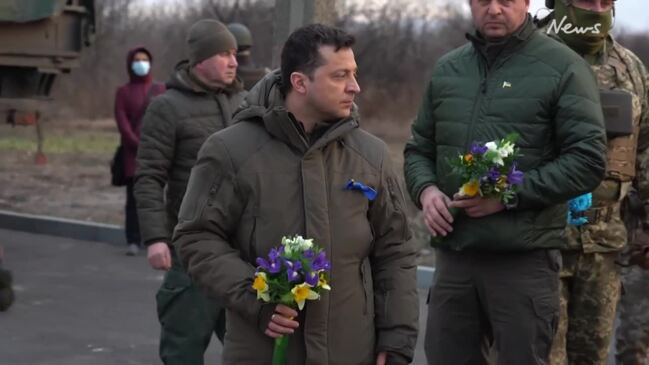
“It’s an enhancement, but not something that rocks the boat,” said Hans Kristensen of the Federation of American Scientists, a research organisation that monitors the nuclear arms race.
In addition to the Sarmat, Mr Putin said full production of the Kinzhal air-launched hypersonic systems would continue. The Kinzhal can accelerate to 10 times the speed of sound and strike targets at a range of over 1,200 miles and can be outfitted with both conventional and nuclear warheads weighing around 1,100 pounds, Russia’s state media TASS reported Thursday.
Russia will also begin mass deployment of Zircon sea-launched hypersonic missiles, said Mr Putin, and will commission the Borei-A nuclear-powered submarine, Emperor Alexander III, into the Russian navy. As a result of these moves, “the share of modern weapons and equipment in the naval strategic nuclear forces will reach 100 per cent,” Mr Putin said.
Under Mr Putin, the Russian military underwent a large-scale effort to modernise its capabilities following the collapse of the Soviet Union. However, the conflict in Ukraine has exposed continued problems, such as antiquated or defective equipment and a troubled command structure.
In his Thursday speech, Mr Putin promised to ensure that Russia’s military remained equipped with new strike systems, reconnaissance and communications equipment.
Kremlin watchers said Mr Putin’s more aggressive military posturing, including suspension of participation in the Strategic Arms Reduction Treaty, New Start, was intended as a warning to the West. The US and its allies have provided massive military support to Ukraine.
The New Start treaty provided the arms-control framework, limiting the number of strategic nuclear warheads deployed by the US and Russia to 1,550, since it took effect in 2011.
At the same time, Russian officials made clear that Moscow wasn’t walking away from strategic arms control. After Mr Putin announced the suspension, the Russian Foreign Ministry said in a statement that Russia will continue to “strictly comply with the quantitative restrictions on strategic offensive arms” throughout the life of the treaty, which lasts until 2026.
That statement also said that Russia will continue to provide notifications of its ballistic missile launches on the basis of an agreement reached in 1988. The Russians notified this week’s test launch of the Sarmat in advance in accordance with the New Start treaty and a parallel 1988 accord.
It remains to be seen if Russia will continue to exchange data on strategic forces and provide other notifications as the treaty requires.
The US military is undertaking a costly strategic modernisation and will field a new bomber, a new ICBM and a new sea-based nuclear force. That means that the Kremlin has an incentive to maintain reciprocal limits on both sides’ arsenal, current and former US officials said.
The Russian leader’s public holiday message was also aimed at underscoring the country’s military strength to the domestic audience as the war heads into its second year, analysts said.
Although polls in Russia show that the majority of Russians support the Kremlin’s military campaign, there is anxiety over how long the war will last. Showing Russians that their military has the resources it needs to fight and win is a critical part of the Kremlin’s messaging, the analysts said.
“A modern and efficient army and navy are a guarantee of the country’s security and sovereignty, and a guarantee of its stable development and its future,” Mr Putin said.
Dow Jones


